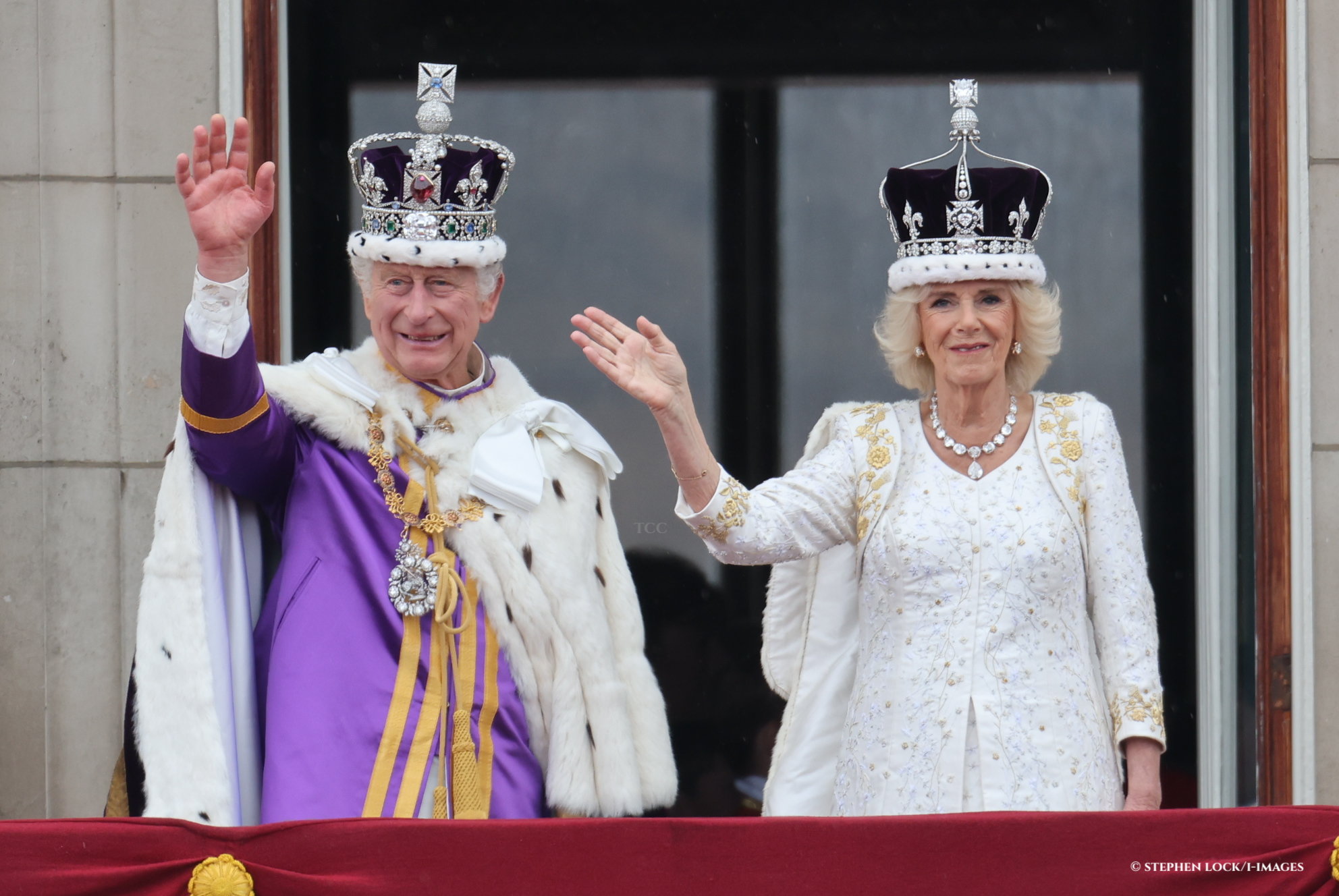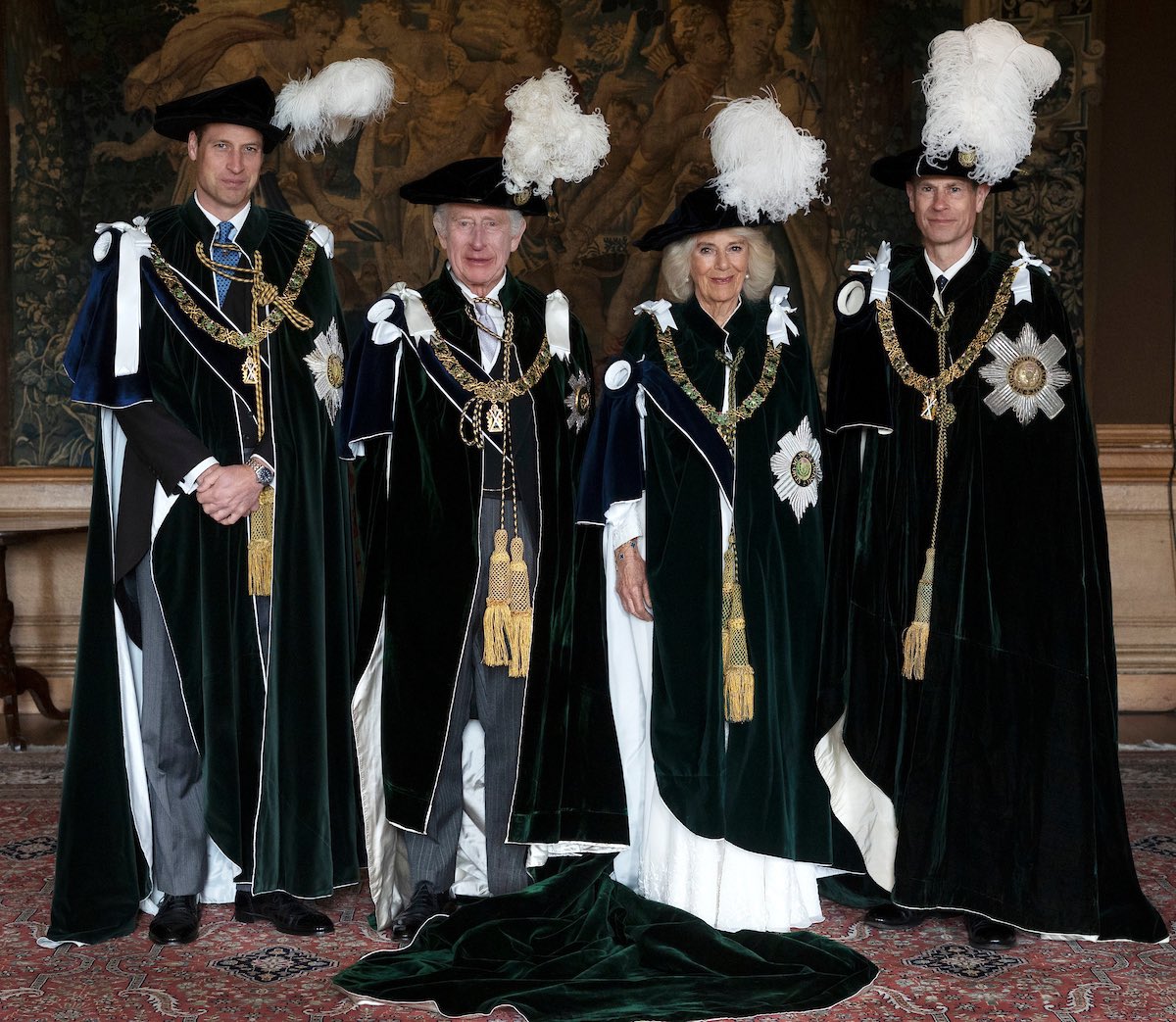This article discusses sexual content at length, and some topics might not be suitable for younger readers or to everyone’s tastes. Reader caution advised.
★★★★
“A brilliant reminder that sex and sexual pleasure- in all its weird and wonderful forms – has always been a key part our lives, not hidden away in the shadows, and that the restriction and regulation of sexual activity is a central tenet of social control.”
Dr Fern Riddell is known for her books on Victorians and sex, and Kitty Marion, one of the more violent and extreme suffragettes. Riddell has made it a mission to realign views of the past, particularly with regards to sex, challenging misconceptions that our ancestors were not interested in pleasure, had strict rules that no one dared stray from, and that sex only took place within the context of marriage.
The book ‘Sex: Lessons from History’ is an important one, and is a general survey of almost every possible topic related to sex and pleasure in the past: gay men and women, trans people, orgasms, contraception, sex work and much more.
It is organised in to such topical chapters as these, and examples from across the history of Europe evidence the arguments – which are clearly pro-sex and pro-pleasure. There is, expectedly, a general focus on British events, including use of Old Bailey records (which are free for all to access, if that is of interest!). I particularly liked that there were examples spanning our knowledge of history – from the Middle Ages, we find a French lesbian nun claiming God’s power to seduce others, to the gay rights movement of the 20th century – and not just from Riddell’s area of expertise.
The overlap of sex and danger as a means of societal control (mostly of women) is key, and we see patterns repeated today. Pregnancy, disease and moral decay were used as threats or to promote fear tactics, but we see how our ancestors were not meekly obeying the rules. Repeatedly, we see examples of sex being highlighted as part of everyday life, spoken and read about, with people facing issues that we are familiar with today, and that the expected customs and even laws were being rebelled against. This is the book’s main strength, to open our eyes to the parallels the past and the present.
Figures about whom we should really know more are brought to the fore, showcasing these acts of rebellion or attempts at progress: Josephine Butler fought to repeal the Contagious Diseases Act, which saw any woman (but mainly sex workers) suspected of carrying an STD/STI being forced a medical examination, and put into a locked ward if ‘treatment’ were needed; Dorothy Jewson’s time as an MP, campaigning for access to birth control as a means to empower women and curb poverty – which cost her her seat; Anne Bessant successfully challenging the ban of contraception pamphlets; and Dr Magnus Hirschfield and his surgeries for trans-people in the early 1900s.
Their bravery and persistence in their causes needs to be celebrated, and so Riddell can only be applauded for remembering these numerous people in a public and accessible way.
The acceptance people could feel in the past was also a revelation to me; Hirschfield’s patients were trans men and women in Berlin, which at the time was a hugely liberal city, with a burgeoning arts scene. They held passes that were recognised by the police to allow them to live their lives as normally as possible, and not be harassed. Across Europe, sex toys, condoms, and medicinal remedies for STDs were publicly advertised. And all this flies in the face of the prudish perception I think many of us share about our ancestors.
I was particularly struck by the tone of the book; Riddell is clearly an LGBTQ+ ally (no surprise to me as a Twitter follower of hers) and is keen to push back on the idea that people who fall outside of our binary understanding of gender and sexuality were simply no different to people of centuries gone by. “The laws used to prosecute trans individuals are never to do with immorality,” she writes, “but often much more simple matters, such as fraud or robbery. In other cases, they are simply recorded as matters of public interest.”
Notably, Riddell uses the correct pronouns when talking about a person who has transitioned, but is careful about using modern day terms to describe people who seem to exhibit traits that we might categorise with a label today, unless there is concrete evidence.
The small titbits on information that stick out to me help exemplify the widespread acknowledgement of sex as a central tenet of our society, or simply shocked or educated me, that gives you a flavour of the book’s content:
- Condoms were regularly advertised in papers; you could have these ‘letters’ (condoms) made with ribbons to match a man’s regimental colours, if you so chose(!), while ‘circular protectors’ could be purchased in a rolled up form, to resemble cigarettes – which were then stuffed at the end with tobacco, for a discreet way to carry protection!
- Samuel Pepys masturbated a number of times in church – once over seeing the Queen, Catherine of Braganza, and wrote about it in his diary regretfully
- A woman’s vulva, it was believed in the medieval era, could scare away the devil
- For centuries, anything other than missionary sex could be constituted as sodomy
- California was part of the eugenics movement: between 1909 and 1979, the state illicitly sterilised men and women who were deemed ‘undesirable’ – often people of colour, or disabled citizens. Hitler went on to reference what he deemed ‘progress’ in Mein Kampf
- John Harvey Kellogg, of cereal fame, went further than suggesting his bland food to circumscribe self-pleasure: he advocated for the use of electrocution on both men and women, including internally, and even tying the testicles to essentially mutilate them
#OTD in 1906, Josephine Butler died in Wooler, Northumberland. She was 78.
Butler was a social reformer, campaigning for women's suffrage, abolition of coverture & against the Contagious Diseases Acts of 1869 (forced medical exams for sex workers).? English Heritage pic.twitter.com/fh2vbD5EXk
— The Crown Chronicles (@crownchronicles) December 30, 2020
I would have liked a further exploration of some ideas at various stages, such as privacy and how that could/not be obtained, for example, in the busy cities with shared tenement buildings (I think for many readers this will become of interest when the discover landlords might simply look through a keyhole to see what was going on…!) Cross-dressing women who, for a time, successfully lived lives as men were also fascinating additions, but there is something of a semi-regular occurrence of this in the 18th century. Women secreted themselves into the armed forces, often the navy, which offers plentiful sources and literature to explore and there are a number of high-profile cases that made headlines. However, I suspect this is simply because these are two topics I myself have researched, and found fascinating, allowing me to instantly see the overlap; I also recognise that this book seeks to explore sex and not necessarily the tangential aspects that are associated with the act, as well the limits that a publisher/editor might place on an author with regards to word count and scope.
Images would have enhanced the book; for example, archaeological finds of basic the human form are referenced or historical images, like De re anatomica, and The Origin of the World. I found myself googling these items to ensure I fully grasped what was being referenced, since description of a visual object often falls short.
Additionally, this is very much a generalist book, written in a very accessible tone, which makes a fantastic introduction to the topic and a springboard into other areas for those so inclined. However, no bibliography or suggested further reading meant the book feels a little isolated in the published literature for the topic. I should note, I received an advanced copy of the book, which equally didn’t include all the footnote explorations that the final copy did, but certainly something I noticed I was missing.
There were times when the author would help contextualise events, for example, the chapter on sex work, that these events were occurring as Anne Lister began to write her diaries, and as Mrs Phillips sold her early condoms. Further application of this would have aided me, as a reader, to understand more broadly the beliefs and trends of the era, since often it was the 19th century referred to – a time in which I have little expertise, since it is easy to forget the time you are in as the book covers a wide timespan. Additionally, as the book advanced, more of the references seemed to be from the 19th century and less balanced.
Another point I felt could have been improved is simply a stylistic one: I found the paragraphs to be very long and wide-ranging, when it seems to me they ought to have been separated.
Overall, ‘Sex: Lessons from History’ is a great, but not wholly positive, read, as we see just how much has changed – and sadly how much hasn’t – when it comes to our attitudes to sex.





